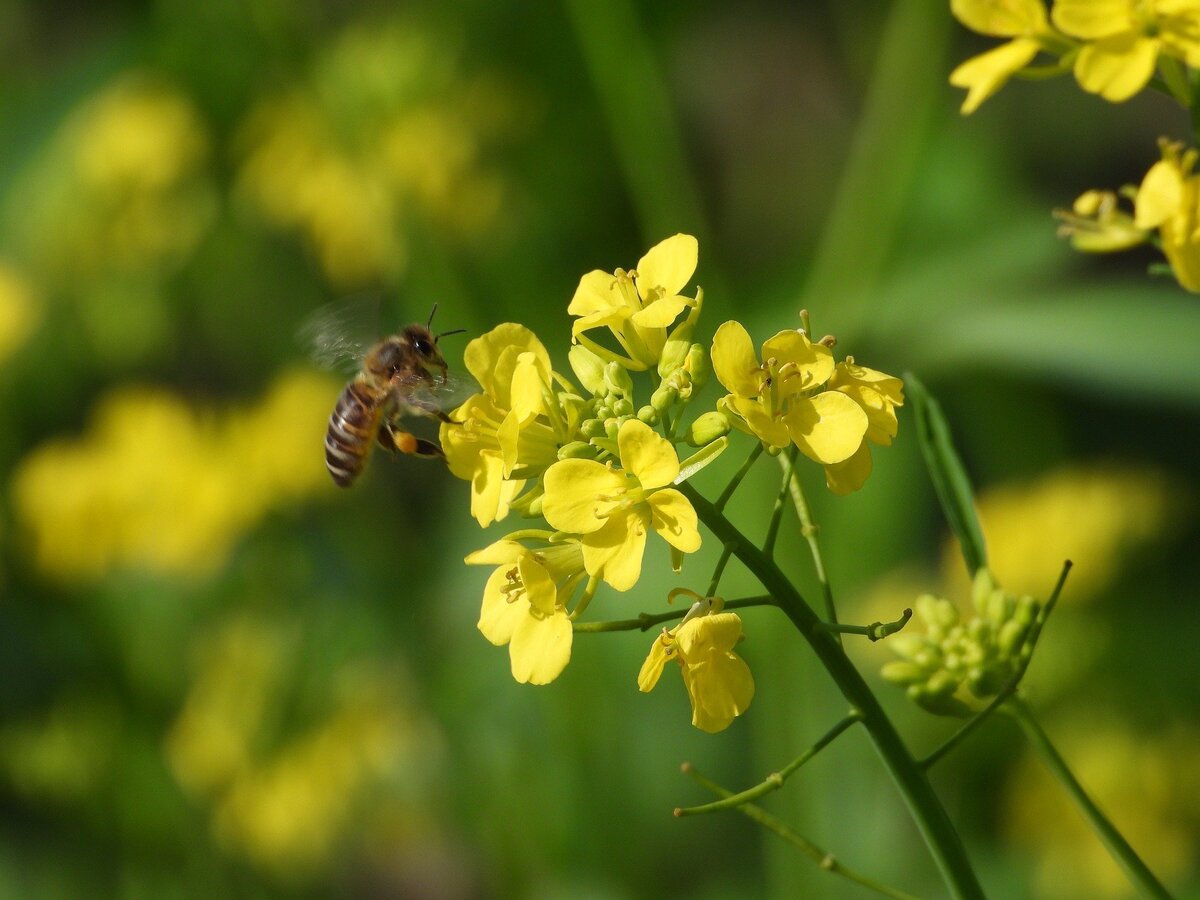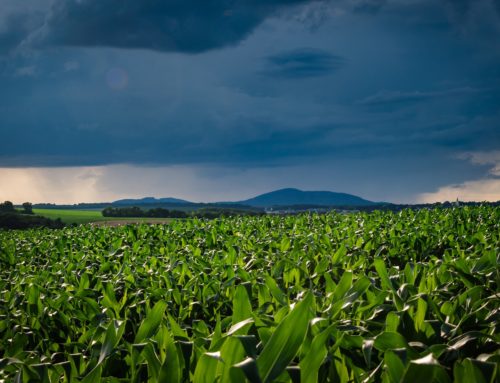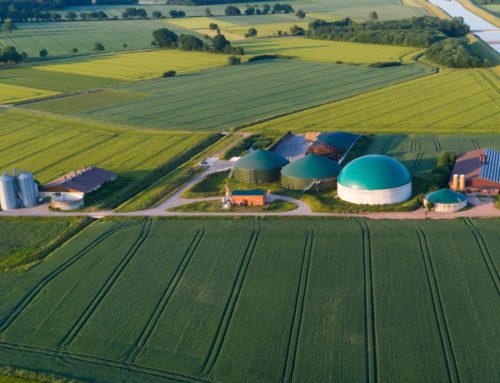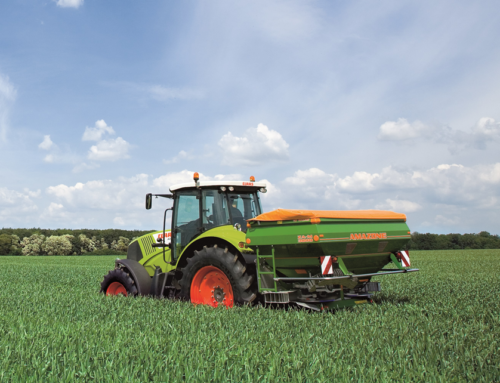Agriculture and bees — Interaction between crop rotation, flower strips, pollination, and yield
Did you know that after cattle and pigs, bees are the most important animals in agriculture? The yield performance of many crops in crop production, horticulture and fruit growing depends on the pollination performance of bees.
From crop rotation to increasing yield performance with bees
Bees are an important component of many ecosystems. Their biological diversity also forms a fundamental basis within agriculture. The agricultural use of these ecosystems has always shaped our cultural landscapes and at the same time provides bees and other pollinators with habitat and food. The implementation of good professional practice and farm management can not only lead to higher yields, but also improve the habitat for bees. Crop rotation planning plays a crucial role here. For example, grain legumes can be integrated into the crop rotation to improve the soil. They maintain soil performance, increase nitrogen supply, and improve crop rotation quality. As main and catch crops, they have a positive effect on the agricultural ecosystem. In addition, they reduce production costs by reducing the use of fertiliser and pesticides. Legumes supply the bees with pollen and nectar, which they can use to survive during periods of food scarcity. Thus, agriculture and bees are in constant interaction. The yield of oilseeds and grain legumes, for example, are strongly influenced by pollination by bees or other flower-pollinating insects. More than 200 crop species worldwide depend on pollination. The yield of oilseed rape, for example, can be increased by about 20% through pollination. For these reasons, the habitats for wild bees and other pollinators have been made quite diverse and multifunctional by European agriculture in recent years. Open spaces and field margins with wildflowers and other non-cultivated plant types are part of the landscape in many places. They provide habitats and food sources for bees, other insect and animal species.

Photo by Manfred Richter on Pixabay
Use planning of arable land: flower strips, crop rotation, wild herbs and crop yields
Agriculture also has many different ways in which to make a voluntary contribution to the creation of good living conditions for bees and other insects. The integration of flowering catch or main crops into the crop rotation is a positive alternative to fallow land in conventional crop production. The effects are positive for both farmers and beekeepers: the soil structure of the fields is improved, and some undesirable weeds can be suppressed in a natural way – without the use of herbicides. In addition, hems, wildflower areas and flower strips promote the biological diversity of pollinating insects.
Actions such as creating flower-rich field edges or flower strips (annual or perennial) as well as underseeds such as white or crimson clover underneath grain or maize crops, offer a wide range of pollen and nectar. Undersown seeds are particularly important here, as they provide a good food supply in the period when there is a lack of fruit and rape flowering. Yet not only do they serve as a source of food, but also as a safe place for other animals to hide and nest. Among them are natural pest controllers, such as the hoverfly, which lay their larvae in such niches. These larvae act as the natural enemy of aphids. With good professional practice, agriculture can preserve and encourage these beneficial insects. Such conservation and promotional actions can incur additional costs, but they pay off in the long run. The cultivation of flowering legumes is not only a beautiful sight, but it is also particularly good for attracting insects. Furthermore, the cultivation of legumes allows the soil to be naturally enriched by nitrogen. This can lead to a reduction of the mineral and organic fertilisers supply.




